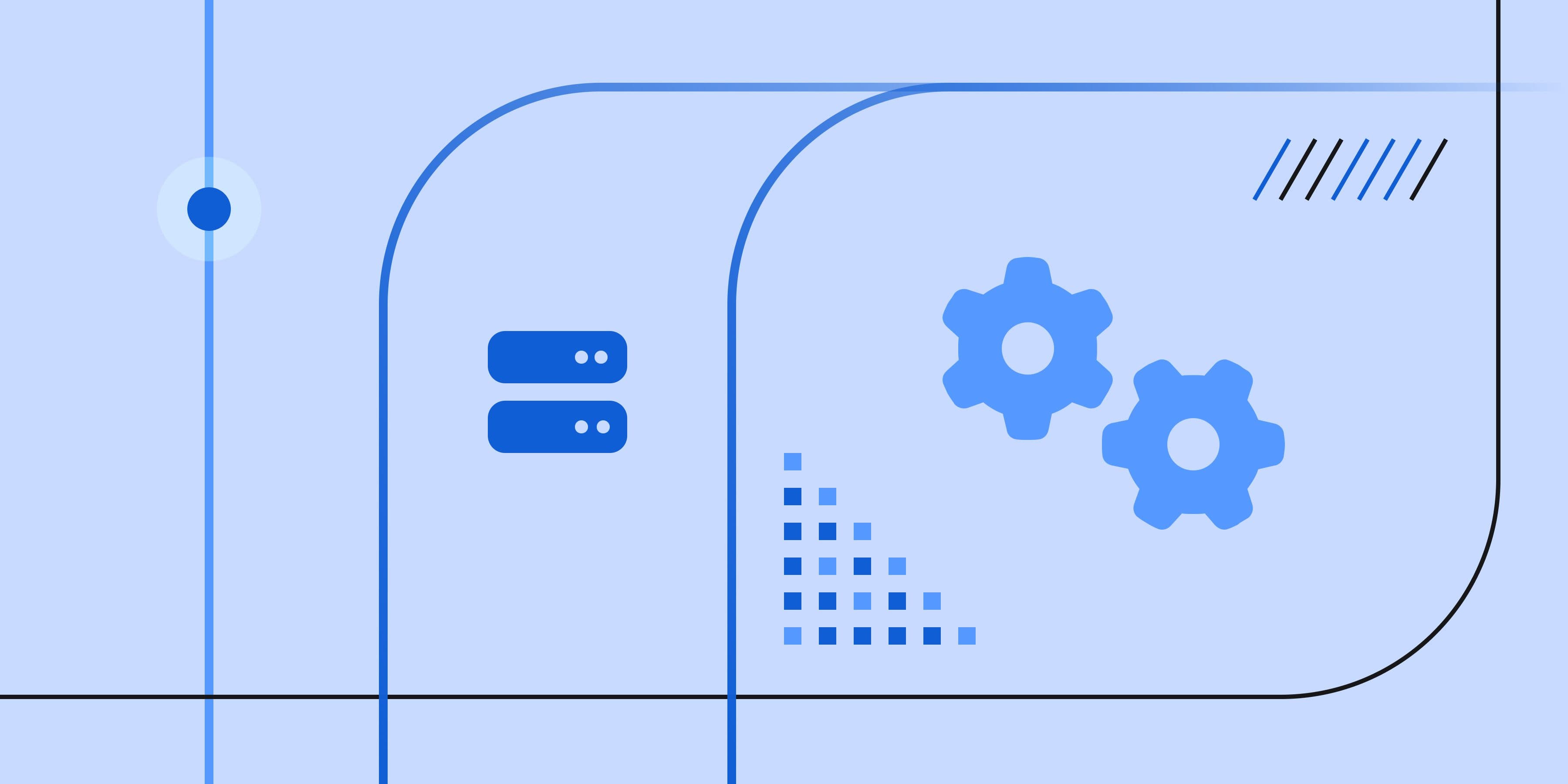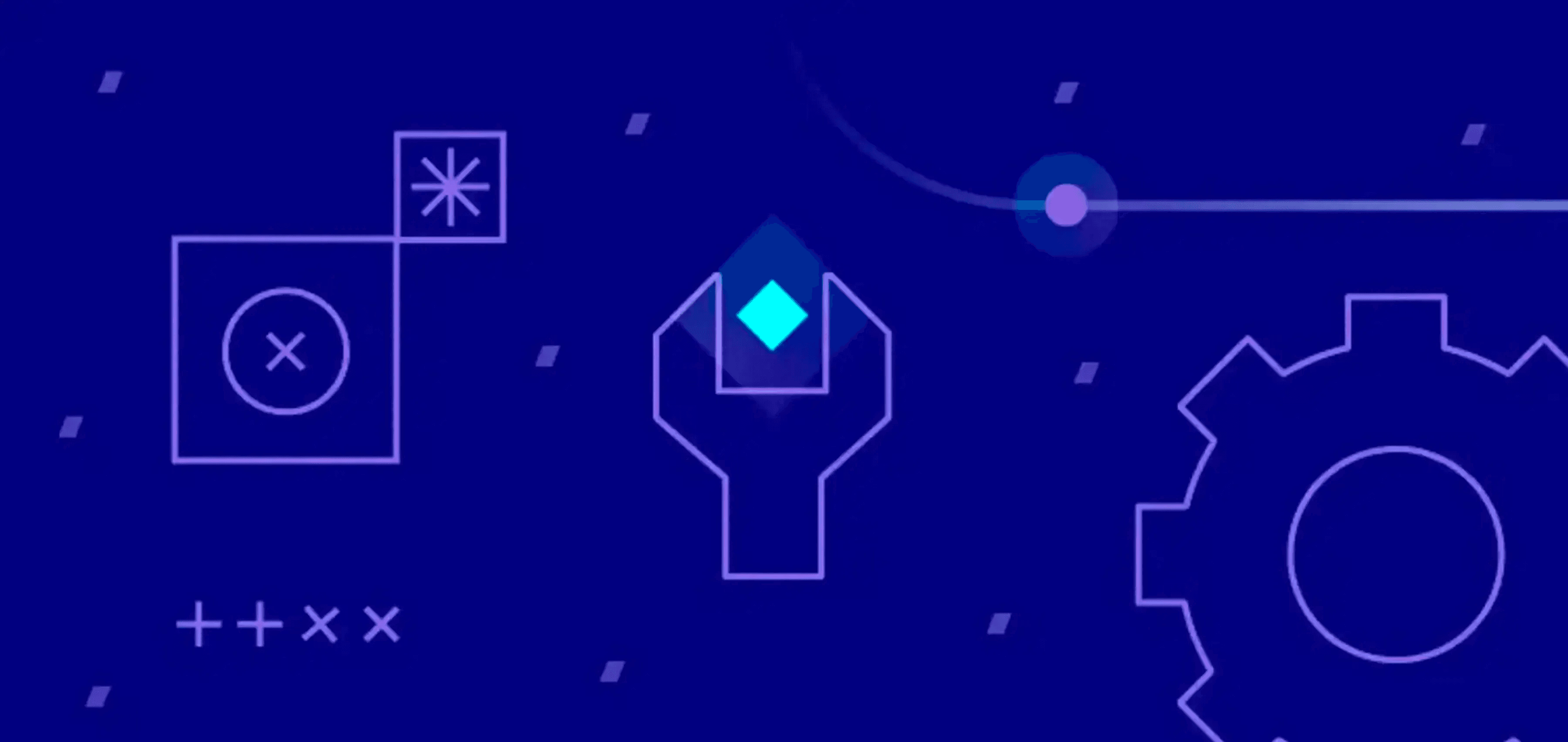What is Salesforce CDP?

In this article, we'll explore the details of Salesforce Data Cloud, previously known as Salesforce CDP (Customer Data Platform). Both names may be used interchangeably throughout this article. Salesforce Data Cloud enables businesses to unlock the full potential of their customer data. This comprehensive overview will cover aspects of Salesforce Data Cloud including its functionality, applications, cost structure, as well as its advantages and disadvantages.
What is Salesforce CDP?
Salesforce CDP, or Customer Data Platform, is a powerful platform that revolutionizes the way businesses handle customer data. With Salesforce CDP, businesses can seamlessly collect, organize, and activate customer data from various sources, creating a unified and comprehensive view of each customer.
Imagine a world where businesses have a deep understanding of their customers, where every interaction, every touchpoint, and every data point is consolidated into a central hub. Salesforce CDP makes this vision a reality by providing businesses with a single source of truth for all their customer data.
But what does this mean for businesses? It means that they can gain valuable insights into their customers' preferences, behaviors, and needs. It means that they can make informed decisions and take targeted actions to engage and delight their customers.
But Salesforce CDP is not just about collecting and organizing data. It is also about activating that data to drive meaningful interactions with customers. By leveraging the power of Salesforce's robust marketing automation and personalization capabilities, businesses can deliver highly targeted and relevant experiences to their customers.
For example, let's say a customer visits a retail website and adds a few items to their shopping cart but doesn't complete the purchase. With Salesforce CDP, the business can use this data to trigger a personalized email reminder, offering a special discount to encourage the customer to complete the purchase.
With this basic overview of the product, let’s deep dive into the key features of the product.
Key features of Salesforce CDP
Salesforce CDP provides various capabilities to consolidate and transform data into actionable insights. Let's explore some of its key functionalities:
Unified Customer Profiles
Imagine your customer data scattered across different systems and databases, making it difficult to get a holistic view of your customers. Salesforce CDP solves this problem by bringing all your data into one place, allowing you to gain a comprehensive understanding of each customer's journey. With a complete picture of each customer, you can tailor your marketing strategies, personalize customer experiences, and make data-driven decisions to drive business growth.
Provides Visual Transformation and Modeling
Salesforce CDP goes beyond merely consolidating data. It provides powerful tools for transforming and modeling data, ensuring that it is actionable and relevant. With intuitive visual interfaces, you can easily define data transformations and create custom models tailored to your business needs.
Calculates Multi-Dimensional Metrics
Measuring the impact of your marketing efforts requires analyzing data from various dimensions. Salesforce CDP enables you to calculate multi-dimensional metrics, giving you a deep understanding of customer behavior and allowing you to optimize your marketing campaigns for better results.
Builds and Analyzes Audiences
Segmenting your customers into target audiences is crucial for personalizing your marketing campaigns. Salesforce CDP empowers you to build and analyze audiences based on specific criteria, such as purchase history, demographics, or engagement levels. This enables you to deliver highly targeted and relevant messages to each segment.
Real-Time Data Processing
Emphasizing real-time data capabilities, the platform ensures that customer information is always current and actionable. This feature is critical for businesses that rely on timely data to make informed decisions and tailor customer interactions.
Integration with Salesforce Ecosystem
Data Cloud seamlessly integrates with other Salesforce products, such as Salesforce Genie, Marketing Cloud, and Salesforce CDP. This integration enhances the platform's capabilities, providing advanced analytics, AI-driven insights, and automation features.
Pricing
The cost of Salesforce Data Cloud adheres to a usage-based model, implying that companies are charged exclusively for the services they utilize. These services are computed in terms of Data Services Credits, Segmentation & Activation Credits, etc.
The pricing details for Salesforce Data Cloud are as follows:
- Data Cloud Starter for Marketing: This package is priced at $108,000 USD per organization per year, billed annually. It includes services like Batch Data Pipeline, Streaming Data Pipeline, Batch Profile Unification, Real-Time Profile API, and both Batch and Streaming Calculated Insights.
- Data Services Credits: The Data Cloud Starter package includes 10 million Data Services Credits and 5TB of data storage. These credits are consumed as the various data services are used.
- Segmentations & Activations Credits: Credits for creating segments and sending them to activation targets are available at $1,000 USD for every 100,000 credits, billed annually.
- Additional Data Services Credits: Organizations can expand or replenish their data services credits beyond those provided in the starter pack. These additional credits are also priced at $1,000 USD for every 100,000 credits, billed annually.
- Ad Audiences Activation: This service, which involves activating segments to advertising platforms, is priced at $2,400 USD per audience, billed annually.
- Additional Data Storage: Organizations can purchase additional storage beyond the 5TB provided in the starter pack. Additional storage is priced at $1,800 USD per terabyte per year.
For up to date information about the pricing, make sure to check Salesforce website.
Use Cases
Salesforce CDP can benefit businesses across various industries and use cases. Let's explore some common scenarios where Salesforce CDP shines:
1. Personalized Marketing Campaigns
By leveraging the power of customer data, Salesforce CDP enables businesses to deliver highly personalized marketing campaigns. From targeted email campaigns to tailored web experiences, Salesforce CDP helps you connect with customers on a deeper level, increasing engagement and conversions.
2. Optimizing Customer Journey
Understanding your customers' journey is key to providing exceptional experiences. Salesforce CDP allows you to analyze customer interactions and touchpoints, identify pain points, and optimize the entire customer journey for maximum satisfaction and loyalty.
3. Customer Service Enhancements
Salesforce CDP empowers your customer service teams by providing a 360-degree view of each customer. With access to comprehensive customer profiles, your customer service representatives can quickly resolve issues, provide personalized support, and create memorable experiences.
4. Cross-Selling and Upselling Opportunities
By understanding your customers' preferences and behaviors, you can identify cross-selling and upselling opportunities. Salesforce CDP helps you uncover new revenue streams by recommending relevant products or services based on individual customer needs.
Pros and Cons of Salesforce CDP
As with any technology, there are pros and cons to consider when implementing Salesforce CDP. Let's take a look at some of the key advantages and potential challenges:
Pros:
- Centralizes and unifies customer data
- Enables personalized marketing at scale
- Improves customer segmentation and targeting
- Enhances customer service and support
- Drives data-driven decision making
Cons:
- Data is stored outside of your infrastructure
- Complex implementation and integration
- Requires additional data management and maintenance
- Cost considerations based on organization size and needs
- Dependent on data quality and accuracy
An alternative approach to address these cons is - Warehouse Native CDP. The Warehouse Native CDP is an architecture where the CDP runs directly on the data warehouse. This eliminates the data silos, reduces the cost of data management, and enables effective collaboration between marketing and data teams. RudderStack is built on this architecture which makes it easier and faster to ship data projects driving value across the entire data activation lifecycle.

Final Thoughts
Salesforce CDP is a game-changer for businesses looking to unlock the full potential of their customer data. From consolidating and transforming data to delivering personalized experiences, Salesforce CDP offers a robust set of tools to drive customer-centric strategies. There are implementation and maintenance considerations, which can be addressed with alternative CDP architecture - Warehouse Native CDP, RudderStack is built on this architecture.
Recent Posts
 How we crafted a domain-specific language for JSON transformation at RudderStack
How we crafted a domain-specific language for JSON transformation at RudderStack Implementing Tag Revalidation Caching using NextJS and Sanity
Implementing Tag Revalidation Caching using NextJS and Sanity How We Optimized RudderStack’s Identity Resolution Algorithm for Performance
How We Optimized RudderStack’s Identity Resolution Algorithm for Performance